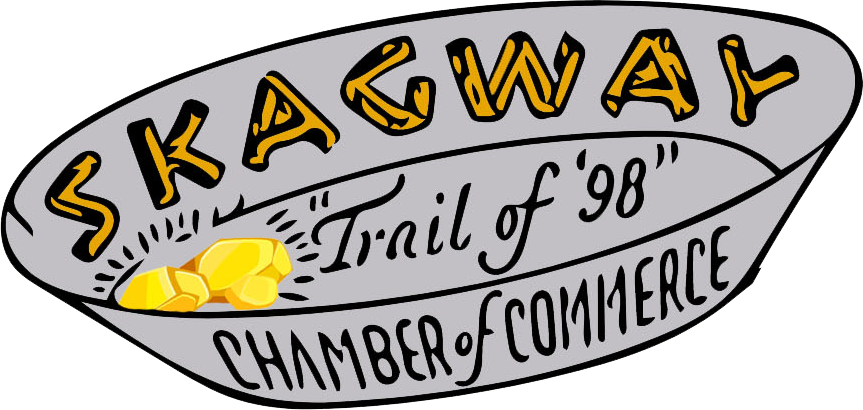About Skagway
On June 28, 1900, Skagway became the first incorporated first-class city in Alaska!
In 1910, the Skagway Commercial Club declared Skagway the “Garden City of Alaska”. It is believed that fertile soil, adequate moisture and long summer days translate into bountiful crops.
On June 25, 2007, the city was dissolved and the first-class Municipality of Skagway Borough was formed, which was also the first of its kind in Alaska.
Located at the northernmost point of the Inside Passage, Skagway is historically considered the gateway to the Gold Rush of 1898.
Skagway lies at approximately 59d 27m N Latitude, and 135d 18m W Longitude, and is located in the Skagway Recording District. The entire area encompasses 452.4 square miles of land and 11.9 square miles of water.
The municipality's population is 920 (2016 census estimate), however, the summer population almost doubles.
A portion of the downtown area has been designated as the Skagway unit of the Klondike Gold Rush National Historical Park.
Skagway gets over 1,000,000 visitors during the summer cruise ship season.
Skagway is the point of embarkation for the famous Chilkoot and White Pass Trails.
Skagway has 5 churches, 1 library, and 1 financial institution.
There are approximately 240 hotel/motel rooms in 8 facilities, ranging from modern to historic, including 3 bed & breakfasts and 1 cabin-style lodge. Some of these businesses are open year-round.
Parking is available during the summer for over 250 recreational vehicles, in addition to numerous tent camping sites.
Our closest traffic light is 80 air miles south in Juneau or 110 road miles north in Whitehorse, Canada.
